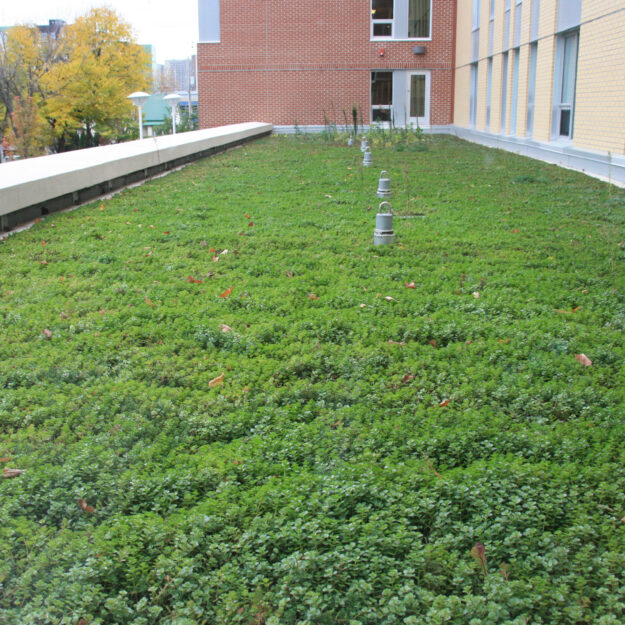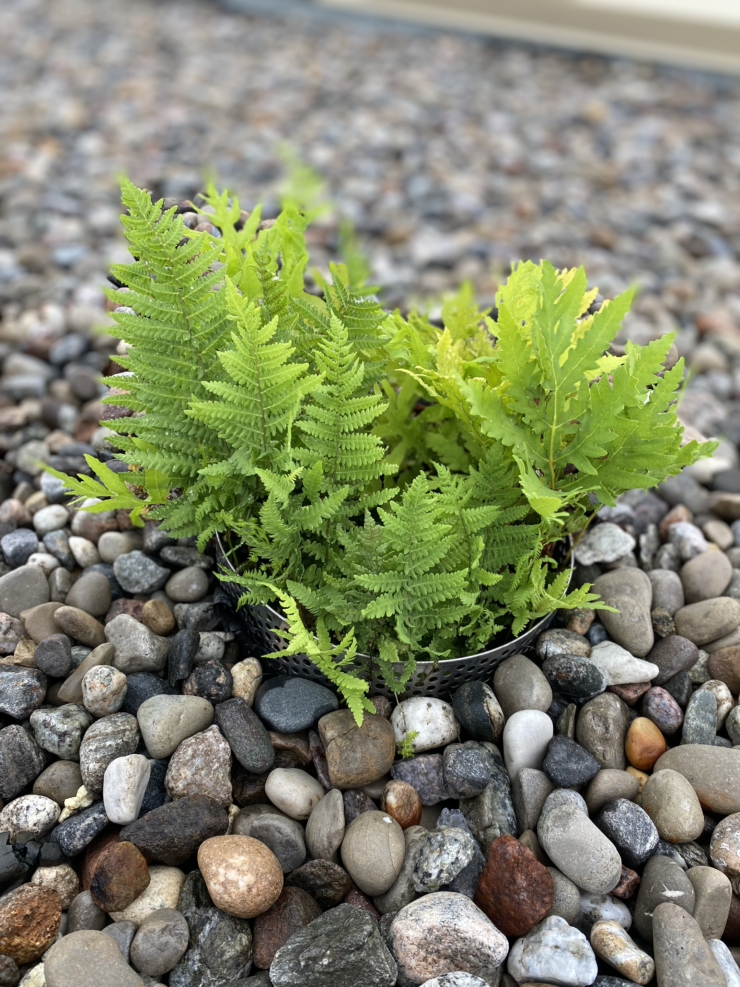RMS Green Roofs
Living or ‘Green’ roofs are complex, integrated bio-diverse ecosystems. There are no ‘no-maintenance’ green roofs— even a simple sedum-covered structure requires bi-annual attention.
Being Green
-

Communication
After an initial on-site meeting with the stakeholders to review any existing information on the roof installation — design, original intent, growing mediums, types of vegetation, any irrigation systems — we establish mutual goals on the desired outcome for the restoration or maintenance of the roof.
-

Planning
Within a week, we will present an action plan based on all the factors, including budget, and confirm the details of the job. We have adopted a seeding/transplanting approach as opposed to using pregrown vegetation, as the material cost alone is almost twice our current bid. The only downside to this is that the restoration process takes time (Time vs. Money), but our expectation/goal is 90-100% intended and healthy vegetation coverage by the end of the growing season.
-

Quality
RMS is a company that focuses on sustainability. Our operations manager, Austin Abraham, is Green Roof Professional (GRP) certified, and is qualified in every competency necessary for green roof success — including building science, horticulture, irrigation, waterproofing, plant physiology and structural engineering.
-

Certified
All of our technicians have also passed the Advanced Green Roof Maintenance course offered by the Living Architecture Academy, a three-module course that covers everything from design, installation and maintenance and to irrigation, fertilization, plant and medium care, diagnostic skills and case studies.
Extensive Vs Intensive
The majority of commercial green roofs are of the extensive variety; mats of moss, sedums or grasses whose depth of roots or substrate is between 10-15 cm. They provide both the economical benefits, but lack the variety of intensive roofs.
Intensive roofs are more aesthetically pleasing and take the form of rooftop gardens meant to be accessed by foot traffic. But due to the nature of the greenery — which can include shrubs and trees — the substrate depth is much deep, requiring an engineered structure capable of handling the increased load of the soil, water and plants. They also require installation of intricate and expensive drainage and irrigation systems, in addition to the added gardening requirements.
Sedum roofs require much less maintenance; bi-annual inspections for wind-born weeds, feeding and trimming should be completed in the spring and fall. The optimum period for fertilizing your Sedum roof is late April and early September, taking care to address the proper PH balance for your growing medium.
Because of their drought-resistant nature, extensive roofs only require watering in the most extreme of conditions, and don’t need an irrigation system. Because they also can be grown off-site and rolled up into mats or placed in modular, inter-locking trays, the initial cost is much less than intensive roofs. It also makes patching or replacing dead or damaged sections much easier.

The Root of the Problem
The shallow-rooted sedum-type roofs provide all the benefits that come with living roofs — the insulation from both cold and heat, improved local air quality, reduced flooding risk — but they still require a root barrier to keep from causing damage to the structure.
Choosing the correct system and plants is vital; bamboo, for example, while visually pleasing, can penetrate roof materials into the your base structure.
And sticking with native plants will reduce the chance of a large-scale die off, in which case your green roof will turn brown, blow away, and expose the structure underneath.
Proper mowing is also critical, and best done sparingly in summer and fall, to allow any desired biodiversity to take root. One mowing in June allows the reduction of coarser grasses and encourages flowering — vital for insect pollinating activity. Mowing can also be done in two-week phases, 50 per cent at a time, to reduce the impact on any animals living in the roof.

